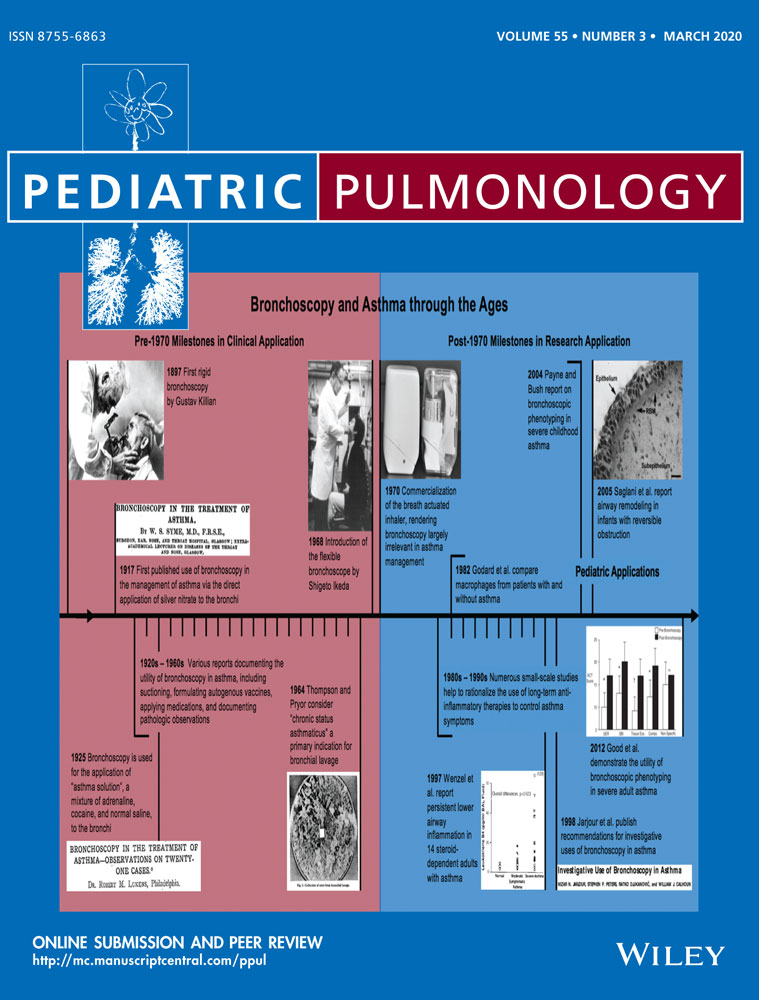The effects of high-frequency chest compression on end-tidal CO2
Abstract
Introduction
High-frequency chest compression (HFCC) is used for airway clearance, but may have other effects. We sought to determine if HFCC provides augmented ventilation.
Methods
During treatment, capnometry was measured with the HFCC vest set to 6-20 Hz. End-tidal CO2 (etCO2) was compared using generalized estimating equations.
Results
Twenty-four measurements were obtained from 15 subjects with mean age 15.2 ± 2.5 years and forced expiratory volume in one second (FEV1) % predicted 70 ± 23. EtCO2 decreased with HFCC at 6 Hz when compared with baseline (P < .001), with small changes with increasing oscillation frequency. Change in etCO2 was not predicted by FEV1, body mass index, age, or sex.
Conclusions
While HFCC has been shown to be a suitable method of airway clearance, investigators have failed to demonstrate differences between techniques. Assessment of these methodologies will become important as new airway clearance devices are proposed. Other outcome measures (besides FEV1) may be needed to assess effects of airway clearance, and we propose that physiologic measures might be one such measure which deserves further exploration.




